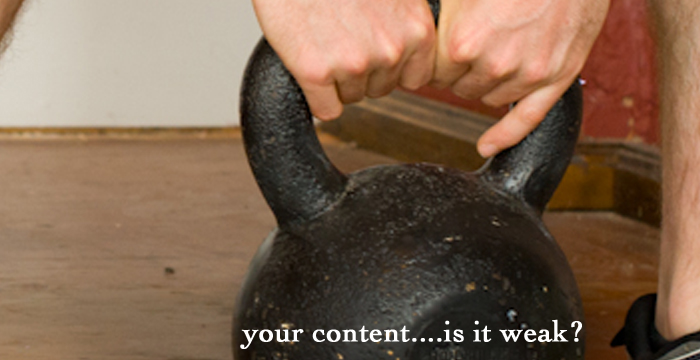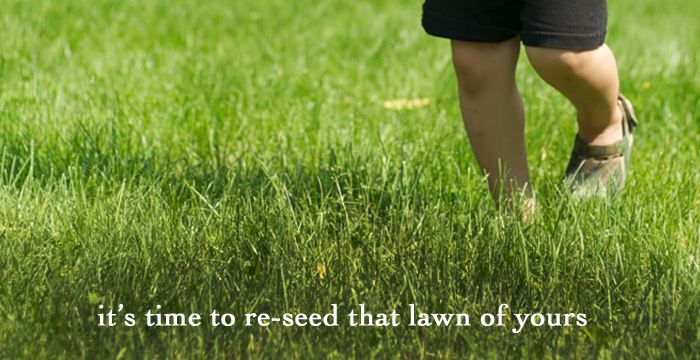Do Not Listen To Your Lawyer*
We love Nutella. Like, seriously love it. It’s amazing and makes almost everything taste better. Don’t believe us? Try it on anything. If you find something with which it doesn’t work, let us know.
All that awesomeness has garnered the brand legions of followers, none more passionate than Sara Rosso, a blogger and brand advocate who started World Nutella Day back in 2007. The event has over 40,000 likes on Facebook and is celebrated throughout the world. Did Ferrero (the company that makes Nutella) embrace this phenomenon? NO! The company’s attorneys yesterday sent Rosso a cease-and-desist letter demanding she end all activities surrounding World Nutella Day. The resulting PR and social media backlash is a prime example of why you should not listen to your lawyer.
*Ok, you should usually listen to your lawyer. But on social media matters, you should really take any lawyerly advice with a grain of salt. Here’s why:
Having a successful brand in social media is about trust.
As a brand in social media you must trust your fans and advocates if you want to be successful. You must trust that they will promote you in a positive way that will ultimately be in the best interest of your brand.
A lawyer’s goal, however, is to minimize risk. Minimizing risk for a lawyer means not trusting anyone. Lawyers like to control things to make sure no liability results. One of the lessons we’ve learned from social media is that you can’t control it. You can engage, guide and encourage but if you try to control your brand in the social media storm you’ll just be blown away. Your lawyer doesn’t understand this, which is why Ferrero beat a hasty retreat from it’s cease-and-desist order and is now working with Ms. Rosso to work out a beneficial solution for both parties that keeps World Nutella Day alive and well for all of its adoring fans.
If only they hadn’t listened to the lawyer in the first place…





